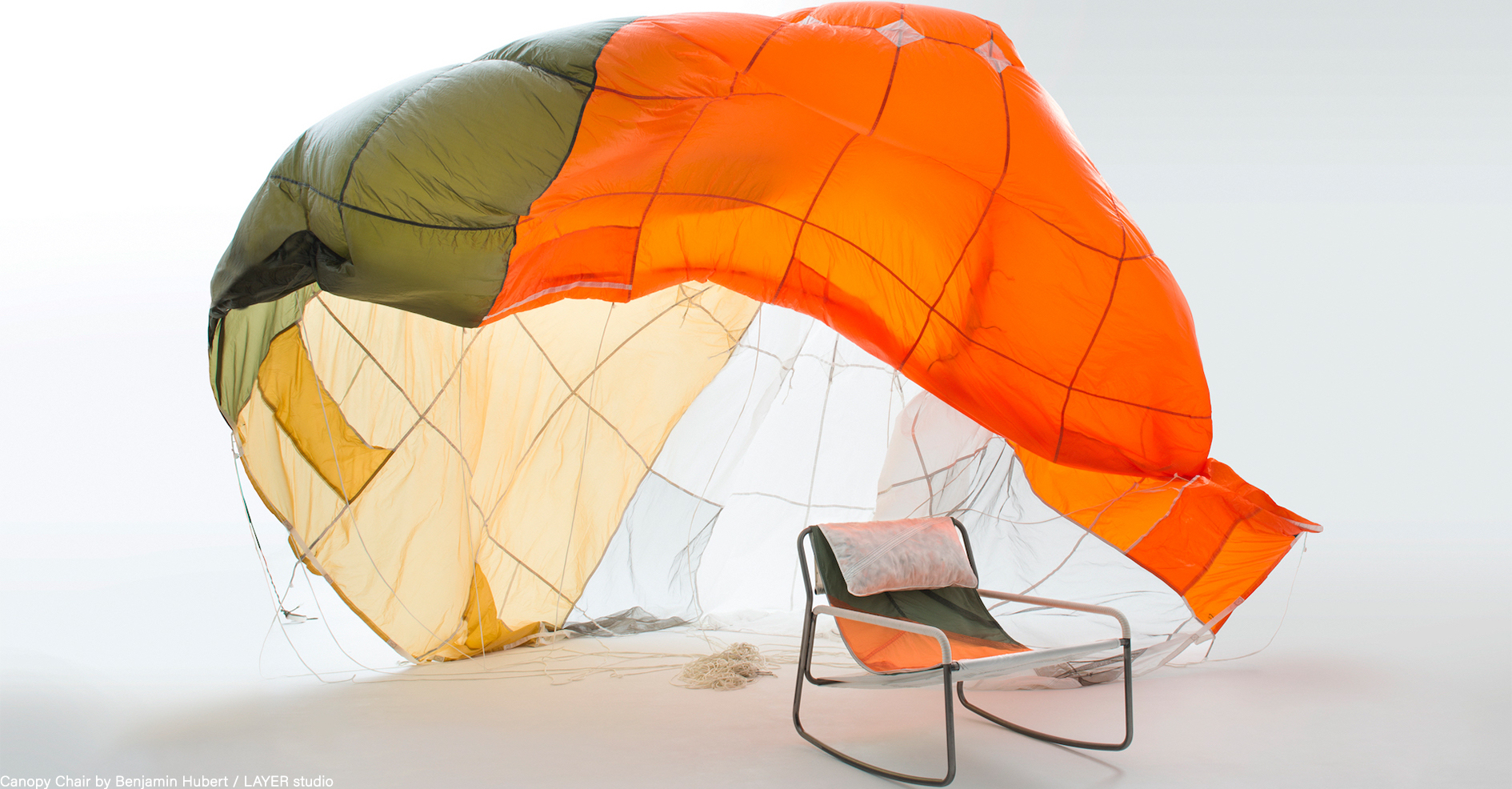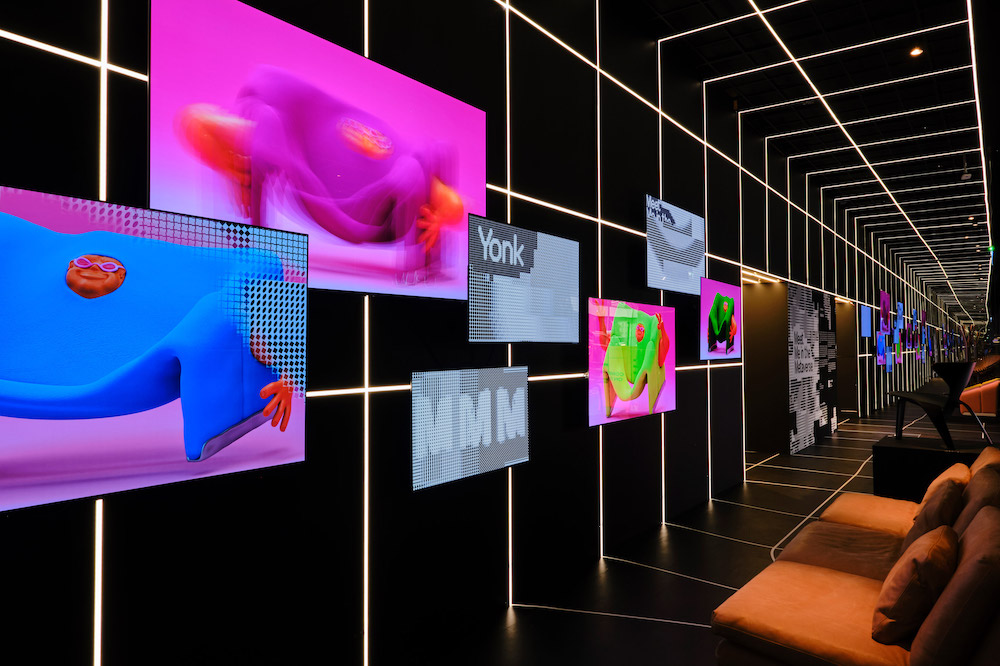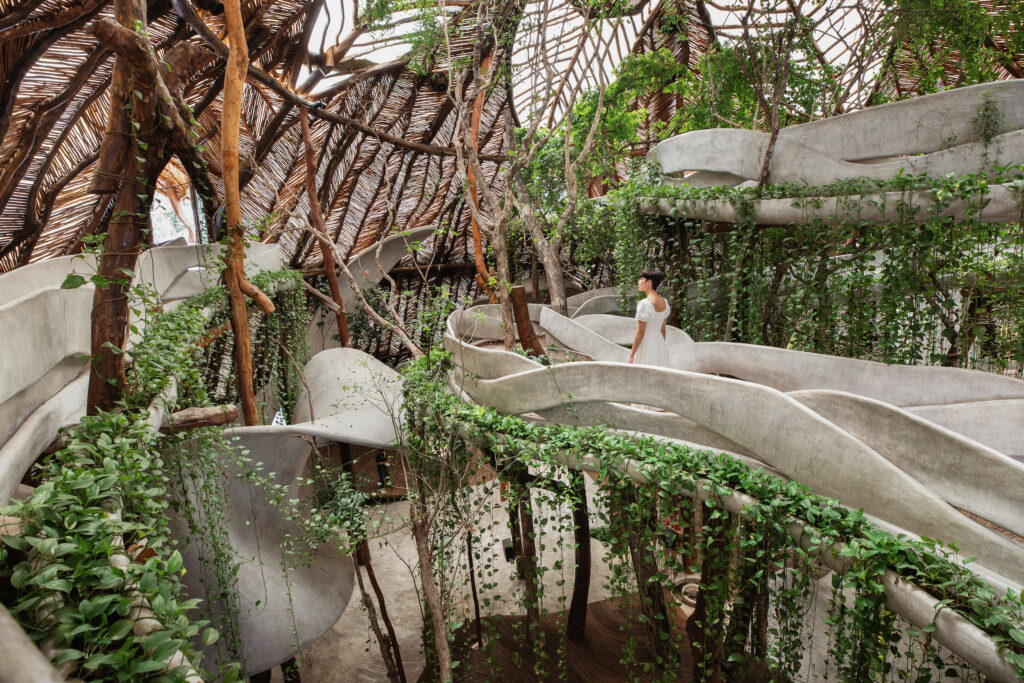With design fair season underway, Effect Magazine’s Roddy Clarke asks whether design fairs can contribute to positive change and sustainability
With physical design fairs now back in full swing and the schedule of events stacking up, knowing what to look out for and finding the most inspiring showcases can be a challenge among the plethora of options available. Shows such as Maison & Objet, London Design Festival and Singapore Design Week have now come to a close, bringing us a wealth of new talent, products and conversations, while exhibitions such as The Sustainability Show (15–16 October) is set to open its doors next month for the very first time.
READ: How the interior design industry is searching for a more sustainable future
Other events to keep an eye on in the coming weeks include PAD London (10–16 October), Decorex (9–12 October), the Great Northern Contemporary Craft Fair (13–16 October) and Formed with Future Heritage (10–14 October): a new show spotlighting emerging talent and independent makers taking place at the Design Centre in Chelsea Harbour.

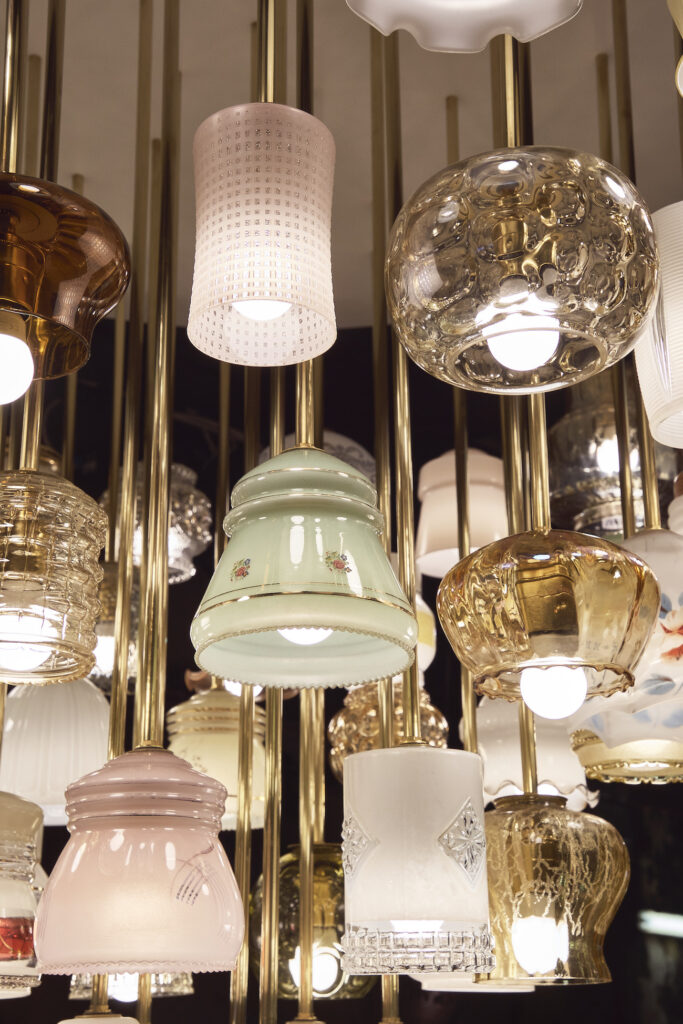
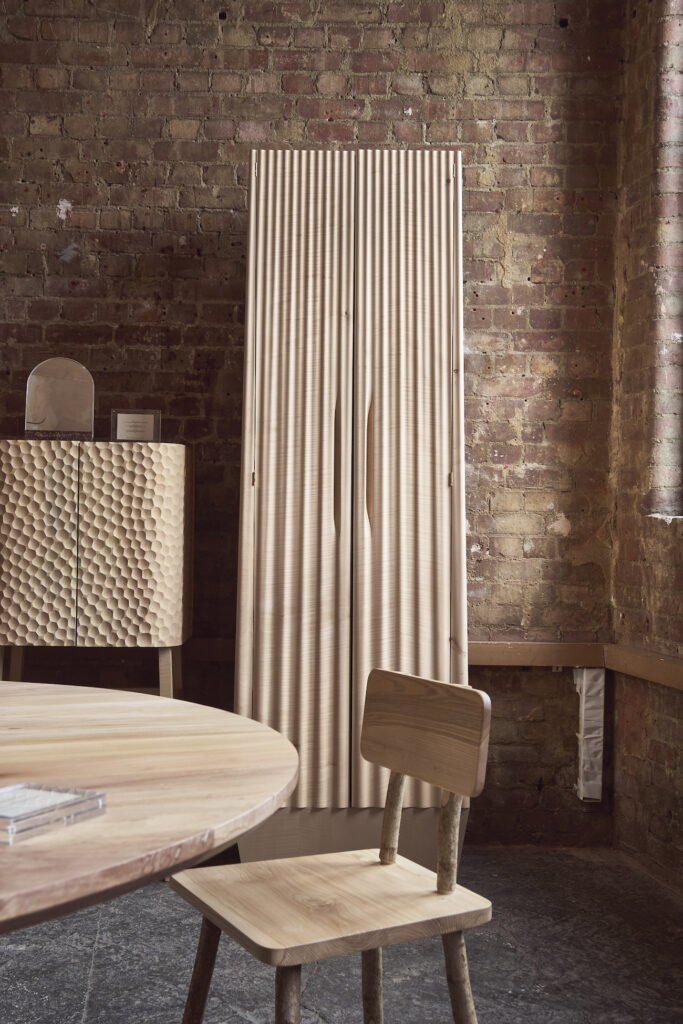
While these only showcase a snippet of events to be attended, with brands and smaller organisations hosting different occasions every month, they highlight a shift in the industry, with a spotlight being put onto future innovation and many installations addressing change. Most shows are also reverting to the physical models of a pre-covid world, albeit with a digital integration in some instances, but the sense of urgency remains as we strive towards redesigning a future which profits people and the planet simultaneously.
Over the last few decades, trade fairs and exhibition halls lined with booths showcasing new products for the home have been a familiar sight, but, as the industry adapts, and guests desire more interactive formats, event organisers are rethinking their approach. Also, as we become increasingly conscious of our impact, have traditional fairs encouraged brands to constantly manufacture new items, feeding the notion of mass consumerism?
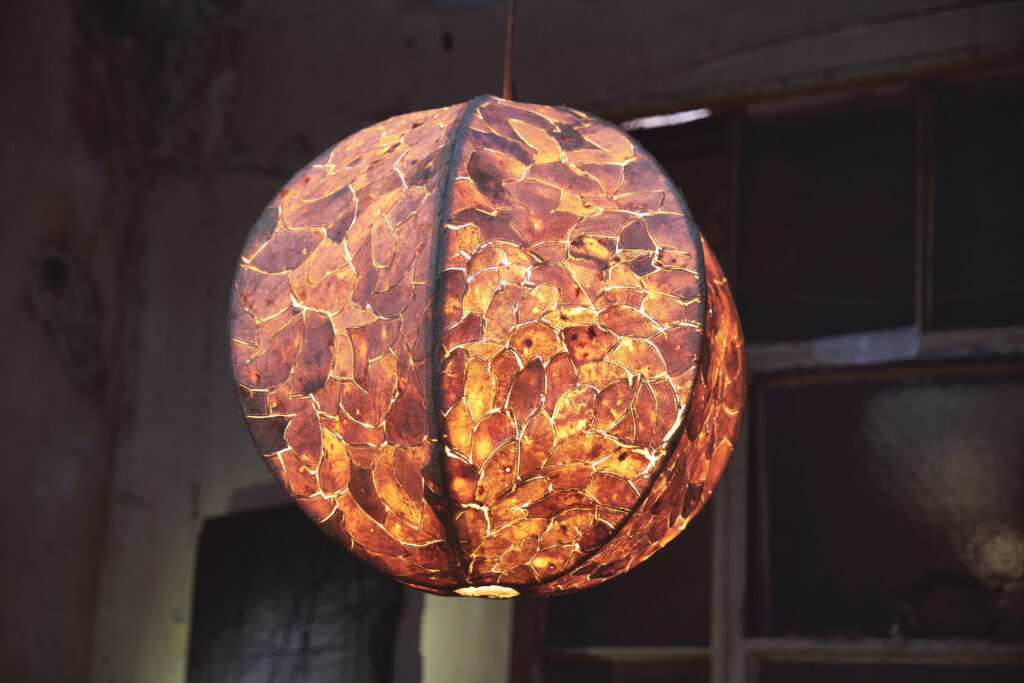
“Will exhibitions have to change to fit in our post-pandemic, climate-crisis-riddled world? Personally, I’d like to think so, although it takes time to filter through a system that has a welter of vested interests,” says Grant Gibson, the co-founder of Material Matters, a new show which opened as part of London Design Festival 2022. “I’d like to believe our show represents a start.” The show, which is based on the podcast of the same name, took place on 22–25 September, and brought together over 40 brands, designers, makers, and organisations to highlight the importance of materials and their ability to shape our lives.
Located in the Bargehouse on Oxo Tower Wharf, the event addressed topics such as repair and the impact of the materials we use, with an incorporated learning space where visitors gained an interactive insight into recent innovation and new materials available. “We tried to editorialise the experience and make sure everything was there for a reason and that the products on display will help improve the world a little bit,” Gibson continues. “We came up with the idea while the nation was still in lockdown. At that moment it seemed the world, and the way we did business, was going to be transformed. If we were to create a fair, then it needed to have a genuine sense of purpose. We were clear from the outset that conventions needed to be broken. It shouldn’t be about bringing a load of stuff together under one roof simply for the sake of it.”

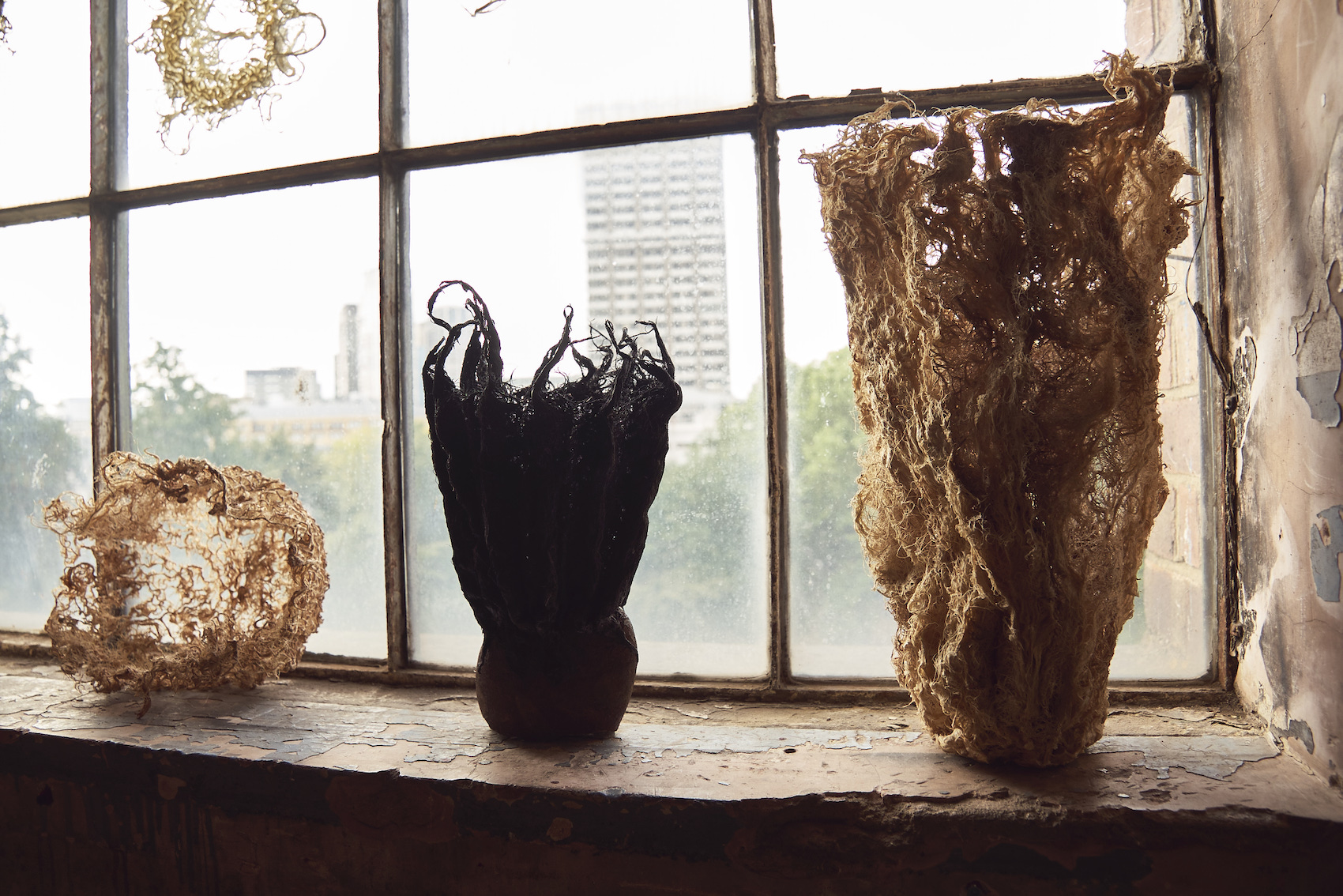
This perspective was refreshing to witness and one that echoed across various installations at London Design Festival. Planted, which also took place as part of the wide roster of events, is another initiative presenting a new future for exhibitions. “To run an event sustainably you must work a lot harder and accept some short-term commercial impact,” states co-founder Deborah Spencer. “One of the main reasons we formed Planted was to radically change the way events are run and to avoid working with brands who are locked in the cycle of producing more products the world doesn’t want or need.”
Measuring the carbon footprint of the show itself, the team are committed to improving and refining their offering year on year. This year saw the entire event taken off-grid, with solar panels providing energy and the AV equipment provided by Solcell to power the talks stage. “The old event format is tired and wasteful,” Spencer remarks. “This is the future of events.”

As part of the Planted showcase, ‘Green Grads’ held another event, one of the most interesting of this year’s design calendar. A graduates’ design platform (founded and curated by design writer Barbara Chandler), it showcased around 35 graduates from across the UK, each focused on using design as a positive force for environmental change. An injection of hope and optimism, the show revealed a future generation of entrepreneurs with one shared mission: to make the world a more positive place for all.
While running a show means controlling the impact is easier to manage, many brands find it difficult to monitor their footprint when taking part as an exhibitor. Normally presented with a booth space and a set of guidelines to adhere to, it is important to pay attention to how an event is managed when choosing which to be a part of. Mark Tremlett, co-founder of Naturalmat, explains how they are taking accountability for themselves as they take part in Decorex on the 9–12 October at Olympia London. “At Naturalmat,” he explains, “we design and build our stands so that they can be re-used at other shows throughout the year. Exhibitions, however, should start taking sustainability more seriously and it is the role of the event organiser to impose certain standards and requirements on the brands exhibiting.”
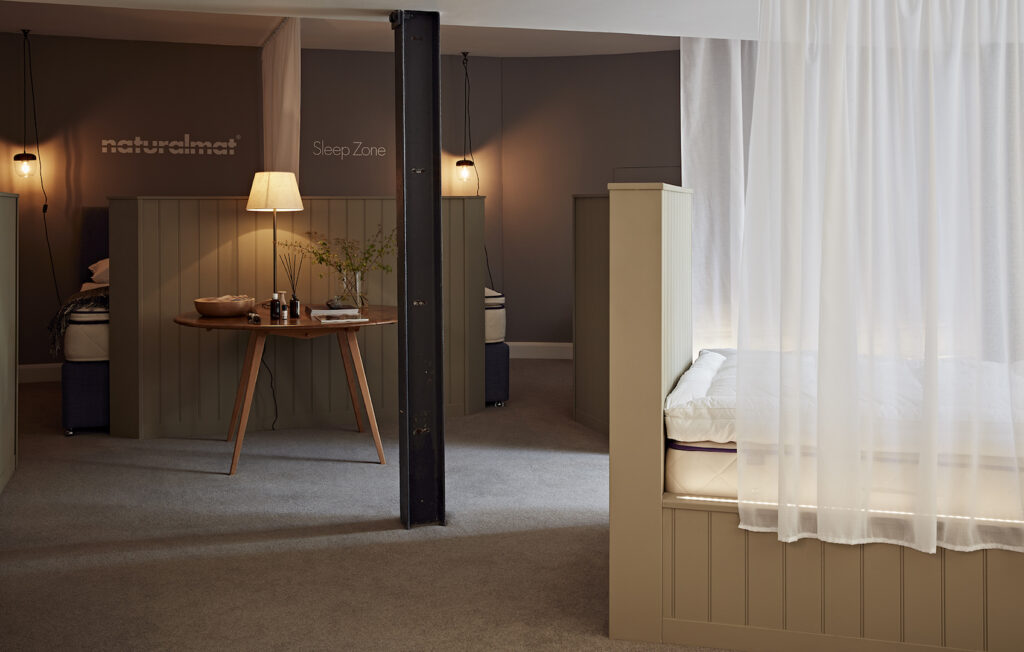
As we look forward and accept that physical interaction is a much-needed part of the industry, how we operate and manage such events needs to continually adapt. And, while minimising waste from set build is imperative, the true legacy of a show is centred around its purpose, and the change and innovation that can take place because of it. The most exciting exhibitions have proven to be those which focus on current topics or those that harness the disruptive insights of emerging talents and graduates and those that create a space for healthy debate which inevitably leads to action.
So, if you’re in the process of planning an event, or thinking about where to exhibit in the upcoming months, think laterally. Embrace the digital, make it immersive and ensure that even the simple aspects such as physical tickets or brochures are removed. And, if you’re visiting events in the coming weeks, don’t be afraid to challenge or enquire about the physical impact of such a set up. Together, we can discover a new future for exhibitions. One which not only addresses the industry as it stands now, but a forum which embraces the future, encourages change and is a positively unforgettable experience for all.
Roddy Clarke is also the co-founder of The Crossover Project which is on show at the Edward Bulmer Natural Paint showroom in Pimlico from 17th September–10th October.



